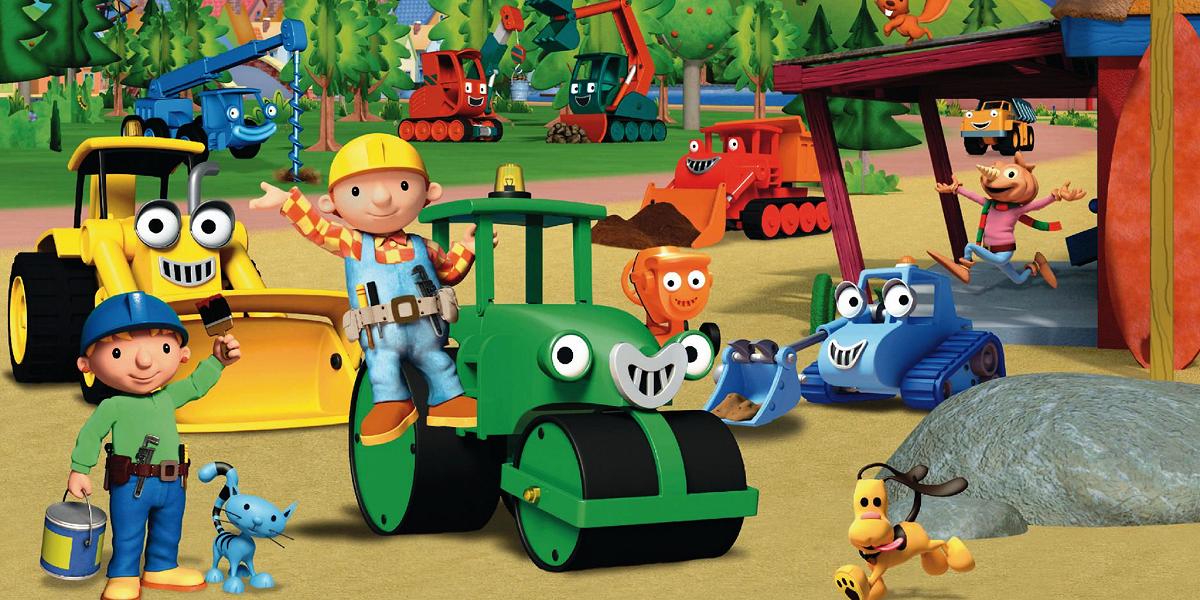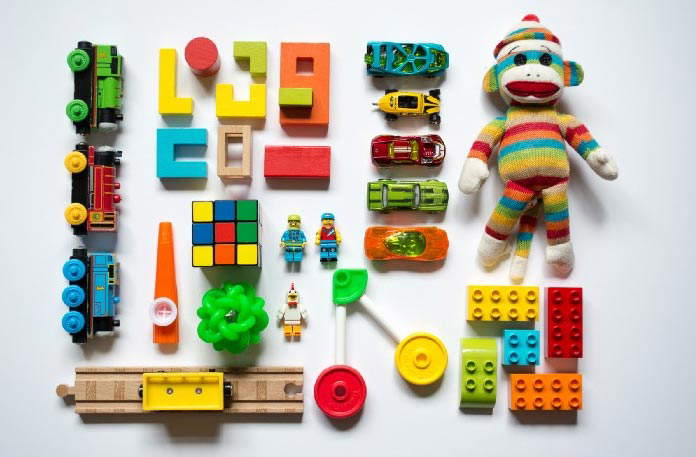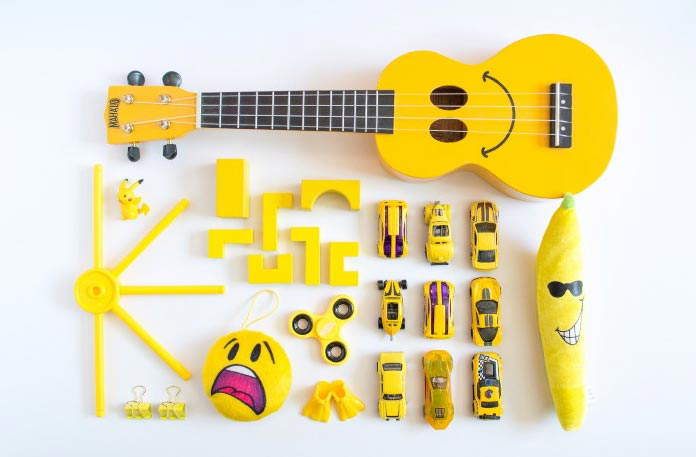Of course we can! This is the mindset I have shared with museum colleagues on social media and beyond. There are certainly things in museums that need fixing, now more than ever. And the tools are there, ready, available and at hand. Equipped with the necessary knowledge to understand what the challenges are, and aware that the right tools, to be chosen to effectively address these challenges, will certainly make a difference. The key priority is undoubtedly to have a positive mindset, but there is also a need to leave behind the old ways and habits that have been considered essential to theinstitutional ethos .A new museology in the making? Possibly.
A positive mindset and a “can-do” attitude that we need in this age of change reminds me of “Bob Fix It,” a British children’s cartoon from the late 1990s that later became international, thanks in part to some transpositions (including books and food). The story’s protagonists are a building contractor and his world, which includes a colorful group of anthropomorphic work vehicles that always arrived to solve yet another challenge. Bob’s problem solving skills were based on conflict resolution, collaboration, socialization and other skills. It was the mindset with which Bob approached the demands of the problem that made all the difference.
 |
| Bob Fix-it |
If we see them from Bob Fix-it’s point of view, the revival of digital and the ambition to create the right and necessary synergies between the physical and the virtual will depend mostly on the willingness to make them happen. Beyond tools and talent, a “we can do it” attitude will be what turns the tide.
Adjusting with the right mindset
Last June, Seb Chan, Chief Experience Officer (CXO) of the Australian Centre for the Moving Image, posted a very interesting article on Twitter that, to some extent, had prompted me to write this piece. One of the interviewees, a leading Australian arts manager , spoke very frankly about the digital revival initiated by the Covid-19 pandemic: “If we make the digital experience better and better, especially at a time when people are nervous about going back to live performances, we are creating, for ourselves, a bigger and bigger problem. There is nothing worse than sitting in a room with two thousand strangers who all have different emotional experiences, and very personal ones at that. I’m very concerned: if we make the digital experience so immersive and wonderful, what will happen to the live shows?”
That it was the chief executive of Opera Australia who spoke this way matters relatively little, for the simple fact that this mindset is much more prevalent than people think, even in this day and age. I have commented on these kinds of concerns in a number of articles about transmedia thinking and theHarry Potter universe. I think this is perhaps the time to understand why these concerns keep resurfacing.
Let’s take, as a case study, curators. A curator’s academic training and practice is based on the need to recognize value in the works they care for, and this, often, has to do with their economic value. There is a kind of paradox in the fact that this dialectic between economic and cultural value is a necessity for museums (collections are in fact valued for insurance purposes, and material culture is purchased on the art and antiques market against payment of a certain price). In the art world, the dialectic between the market and the museum is deeply rooted in the essence and historical development of the discipline. Ivan Gaskell’s essay entitled Tradesmen as scholars. Interdependencies in the study and exchange of artis a good summary on this topic: the original is a coveted acquisition, the authentic takes on value when recognized as such, and the copy is often relegated to relative oblivion.
This is theethos of an object-centered museum institution (and we are not just talking about art museums). For many museums, so not just those that collect art, the digital is a mere copy of the original material. We rarely think of museums as experiences without a material collection, but now the argument that nothing is like the original is increasingly perceived as if we were comparing day to night, or comparing books to movies or websites.
 |
| Photo by Vanessa Bucceri on Unsplash |
But do we really lose anything of the museum experience if we opt for digital instead of physical? The answer comes from a 10-month study by the Massachusetts Institute of Technology (MIT) and Cuseum, the museum engagement platform, on the emotional response of some subjects who were shown original works of art versus their digital equivalents. And instead of causing us to lose the aura of the original when viewing digital (to quote Walter Benjamin’s 1935 essay, The Work of Art in the Age of its Technical Reproducibility), the digital experience actually enhances the scope of our brain’s activity. An article by Noah Charney in theObserver sums this up very well: “in short, our brains seem to be more stimulated when they are looking at augmented reality and digital reproductions of works of art in virtual reality than when they are looking at the actual work.”
However, Noah Charney urges caution, rightly pointing out that these claims need to be “evaluated from multiple perspectives, since there are around several considerations to be made.” However, there is one aspect that emerges quite clearly: it would be a mistake to continue to consider digital as secondary to the physical experience. Peak Experience Lab pointed out this need a few years ago, in 2017. And I would like to quote a well-known article from 2011, written by museum consultant Rainey Tisdale, where she said that “museums today can rely on all kinds of interpretive tools to tell their stories: and to do our jobs well, we need all the tools we have.”
This did not make a dent ten years ago, and it continues to make a dent today, indeed it is now recognized as an even more pressing need than before, in response to the challenges thrown up by the Covid-19 pandemic.
To accept that objects control the museum narrative, and to fail to recognize the museum as a plurality of forms that can be achieved through a wide range of means, is, for museums to risk losing relevance now more than ever.
The original, the authentic, and the unique today may have much more to do with the quality, relevance, and authenticity of the museum experience. The approach to collections certainly can be adjusted, and this can happen without abandoning the unique value that the original has. The museum experience can equally be recognized for its value, and that value includes digital. Yes, we can do that!
 |
| Photo by Vanessa Bucceri on Unsplash |
Version of the original article published in The Humanist Museum and subsequently posted on MuseoPro - the website of the Finnish Museum Network.

The author of this article: Sandro Debono
Pensatore del museo e stratega culturale. Insegna museologia all'Università di Malta, è membro del comitato scientifico dell’Anchorage Museum (Alaska) oltre che membro della European Museum Academy. Curatore di svariate mostre internazionali, autore di svariati libri. Scrive spesso sui futuri del museo ed ha il suo blog: The Humanist Museum. Recentemente è stato riconosciuto dalla Presidenza della Repubblica Italiana cavaliere dell’Ordine della Stella d’Italia e dal Ministero della Cultura Francese Chevalier des Arts et des Lettres per il suo contributo nel campo della cultura.Warning: the translation into English of the original Italian article was created using automatic tools. We undertake to review all articles, but we do not guarantee the total absence of inaccuracies in the translation due to the program. You can find the original by clicking on the ITA button. If you find any mistake,please contact us.